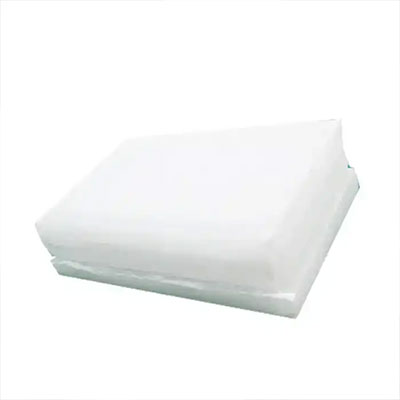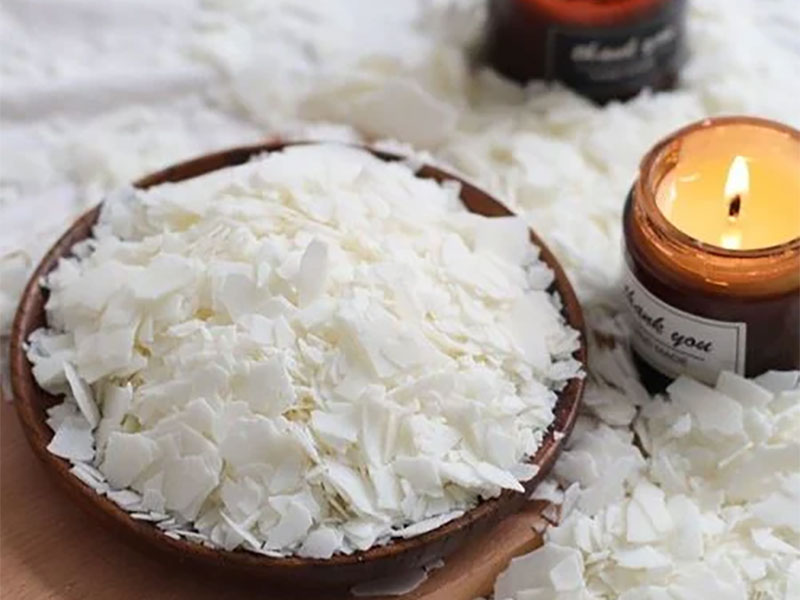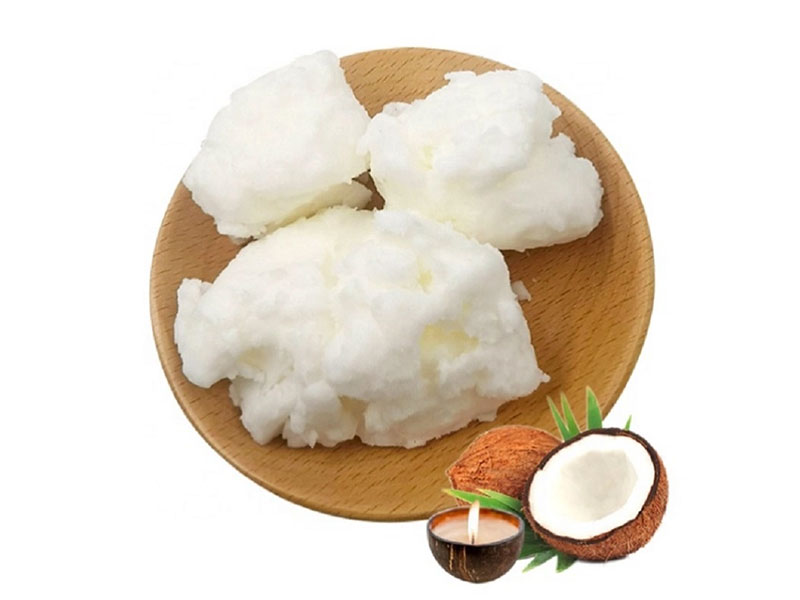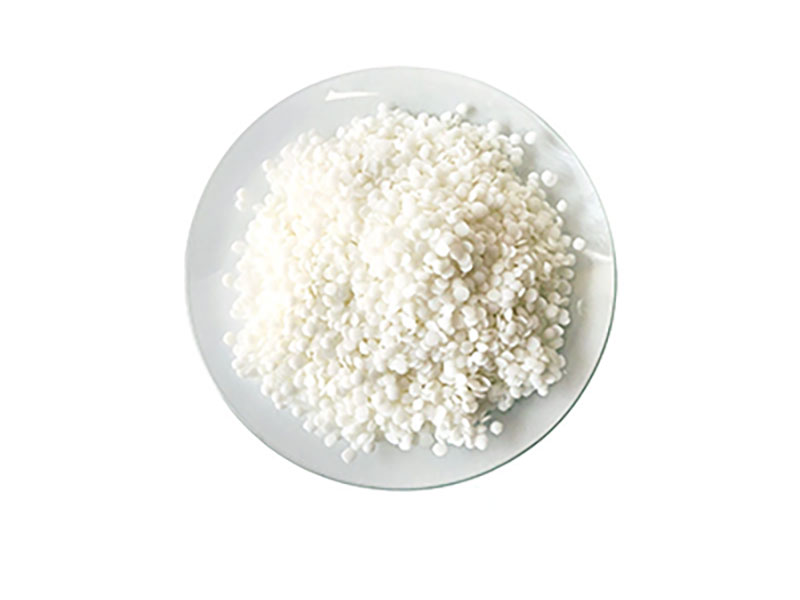Paraffin wax kunlun
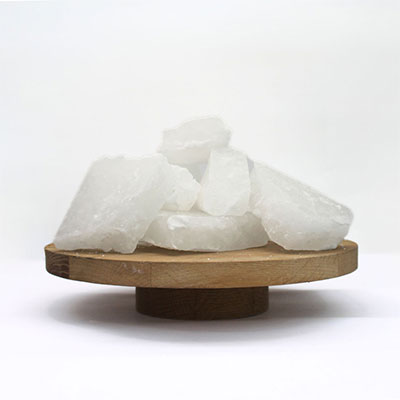
- Product name:paraffin wax
- Other Names:Paraffin
- Brand:Aoding;kunlun
- Appearance:Solid
- Color:White
- Customization:Available
- Grade:Industrial Grade/Food Grade/Cosmetic Grade
- Model:52-54/56-58/60-62/64-66
- Production Capacity:4000/Mt
- Paraffin Wax Sample:Free
Paraffin wax for sale
Table of Contents
- Detailed Photos about Paraffin wax kunlun
- Product Parameters of Paraffin wax kunlun
- Packaging & Shipping about Paraffin wax kunlun
- What is paraffin wax?
- Classification of paraffin wax
- Main Applications of Paraffin Wax
- Benefits of Paraffin Wax
- Introduction to fully refined paraffin wax and semi-refined paraffin wax
- Other related products of wax
Detailed Photos about Paraffin wax kunlun
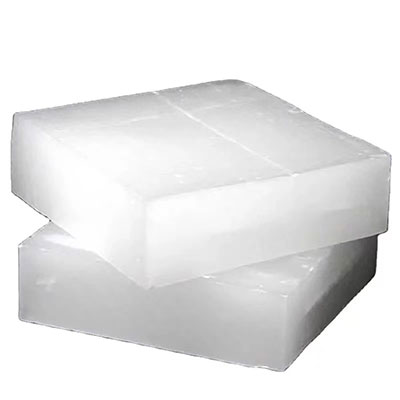
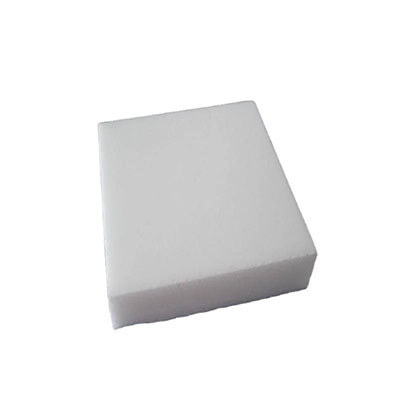
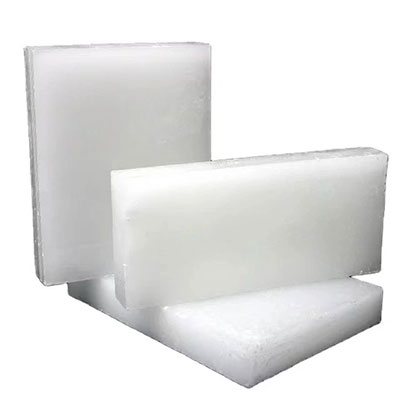
Product Parameters of Paraffin wax kunlun
| Item | Value | Test method | |||||||
| Grade | #52 | #54 | #56 | #58 | #60 | #62 | #64 | #66 | |
| Melting point, °C ≥ | 52 | 54 | 56 | 58 | 60 | 62 | 64 | 66 | GB/T 2539 |
| 54 | 56 | 58 | 60 | 62 | 64 | 66 | 68 | ||
| Oil content, %(mass) | ≤0.5 | GB/T 3554 | |||||||
| Color, Saybolt scale | ≥+27 | ≥+25 | GB/T 3555 | ||||||
| Max light stability | ≤4 | ≤5 | SH/T 0404 | ||||||
| Penetration, (25°C),1/10mm | ≤19 | ≤17 | GB/T 4985 | ||||||
| Kinematic viscosity, (100°C),m/s | Report | GB/T 265 | |||||||
| Odor number | ≤1 | SH/T 0414 | |||||||
| Water soluble acid/base | Not detected | SH/T 0407 | |||||||
| Mechanical impurity & moisture | Not detected | Visual inspec | |||||||
Packaging & Shipping about Paraffin wax kunlun
There are two packing for paraffin :bag packing for 10 sheets per bag,50kgs/bag;carton packing for 5 sheets per carton,25kgs/carton.The quality of paraffin is the same in both bags and cartons.
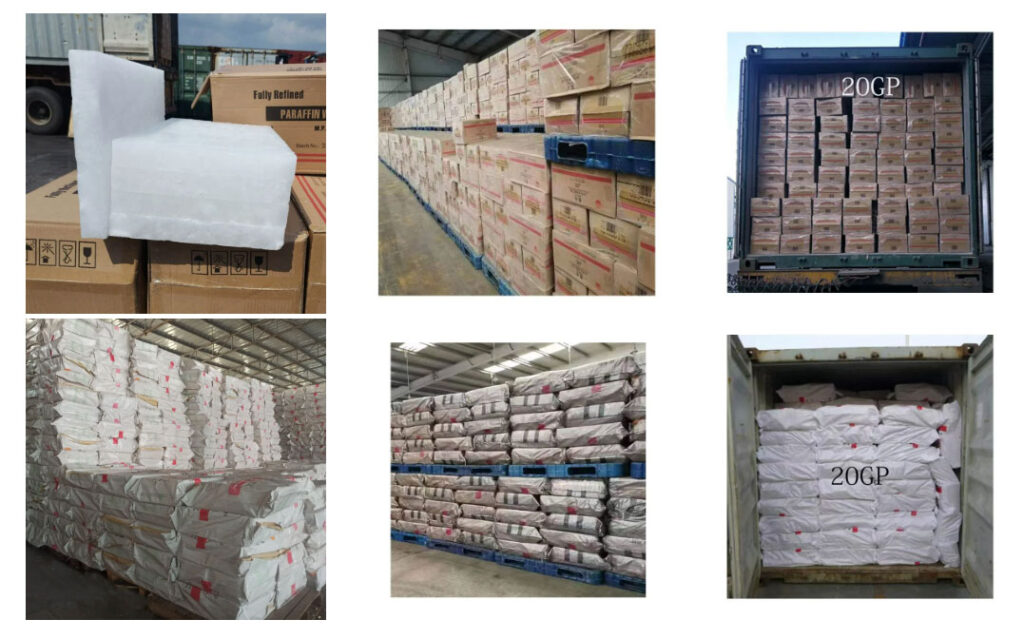
What is paraffin wax?
Paraffin wax, also Commonly called ‘paraffin’, is a colourless or white, tasteless, odourless, translucent waxy solid. Paraffin wax has a typical melting point between about 46°C and 68°C. Pure paraffin wax is a combustible substance and insoluble in water but soluble in petroleum solvents and stable under normal conditions of use. Paraffin has been identified as an excellent electrical insulator. It is also used in the manufacturing of paraffin papers, candles, food packaging materials, varnishes, floor polishes, to extract perfumes from flowers, in lubricants, and cosmetics. It is also used in water-proofing wood, and cork.
Classification of paraffin wax
Paraffin wax can be classified based on various factors such as its melting point, oil content, and application. Here are some common classifications of paraffin wax:
Melting point: Paraffin wax can be classified into different grades based on its melting point. The melting point range typically determines the intended use of the wax. Some common grade classifications include low melting point (LMP), medium melting point (MMP), and high melting point (HMP) paraffin waxes.
Oil content: Paraffin wax can also be classified based on its oil content. The oil content affects the softness and flexibility of the wax. Common classifications based on oil content include fully refined paraffin wax (no or minimal oil content) and semi-refined or slack wax (higher oil content).
Application: Paraffin wax can be classified based on its intended application. Some common categories include:
a. Candle-grade or casting wax: This type of paraffin wax is specifically designed for candle making. It has a low oil content and is formulated to have excellent burn characteristics and scent retention.
b. Cosmetic-grade wax: This type of paraffin wax is used in the formulation of cosmetic and personal care products such as lip balms, lotions, and creams. It is typically refined and has specific purity requirements.
c. Food-grade wax: Paraffin wax can be used in food processing and packaging to provide a protective coating or as an ingredient in certain food products. Food-grade paraffin wax must meet specific purity and safety standards.
d. Industrial-grade wax: Paraffin wax is also used in various industrial applications such as rubber, textile, and paper industries. Industrial-grade paraffin wax may have different formulations and properties depending on the specific application.
Main Applications of Paraffin Wax
Paraffin wax is a versatile material that has various applications across different industries. Here are some of the main applications of paraffin wax:
Candle making: Paraffin wax is perhaps most commonly known for its use in candle production. Its low melting point, easy moldability, and ability to hold colors and fragrance make it an ideal choice for creating candles of various shapes, sizes, and scents.
Packaging and sealing: Paraffin wax is often used for sealing packages to provide a protective coating and preserve the freshness of food items, such as cheese, fruits, and vegetables. It helps to create a barrier against moisture, air, and contaminants.
Cosmetics and personal care products: Paraffin wax is used in the formulation of various cosmetics and personal care products. It can be found in items such as lipsticks, lip balms, ointments, lotions, and creams. Paraffin wax helps to provide a smooth texture, emollient properties, and moisture retention.
Food industry: Paraffin wax is used in the food industry for applications like coating fruits and vegetables, providing a glossy appearance to chocolates and confectionery, and preventing the crystallization of candies.
Pharmaceuticals: Paraffin wax can be found in certain pharmaceutical products, primarily as an ingredient in ointments, creams, and topical treatments. It helps to facilitate the spreading of the product on the skin and can act as an emulsifier.
Industrial applications: Paraffin wax has several industrial uses, including lubrication for machinery, as a waterproofing agent for textiles, as a protective coating for electrical wires, as a component in manufacturing polishes and varnishes, and as a material for wax casting in foundries.
Benefits of Paraffin Wax
Paraffin wax has several benefits across various industries and applications. Here are some of the most notable benefits of paraffin wax:
Low cost: Paraffin wax is relatively inexpensive compared to other waxes and materials, making it a popular choice across various industries.
Non-toxic: Paraffin wax is generally regarded as safe and non-toxic, making it suitable for use in food packaging and personal care products.
Versatility: Paraffin wax is a versatile material that can be used in various applications, from candle making to pharmaceutical formulations.
Moisture-retaining properties: Paraffin wax has moisture-retaining properties, making it an ideal ingredient in personal care products and cosmetics.
Easy to mold and shape: Paraffin wax is easy to mold and shape, which makes it a popular choice for making candles of various shapes, sizes, and scents.
Protective properties: Paraffin wax can help to protect products from moisture, air, and contaminants, making it a popular choice for packaging and sealing.
Emollient properties: Paraffin wax has emollient properties, which means it can help to soften and soothe the skin. This makes it an ideal ingredient in personal care and cosmetic products.
Non-reactive: Paraffin wax is non-reactive with other materials and chemicals, making it a suitable ingredient in various formulations.
Introduction to fully refined paraffin wax and semi-refined paraffin wax
- Fully refined paraffin wax and semi-refined paraffin wax are two common classifications of paraffin wax.
- Fully refined paraffin wax is processed to remove impurities and unwanted components such as oil, color, and odor. It is also known as white wax because of its pale, white color. Fully refined paraffin wax is used in a wide range of applications such as candle-making, cosmetic and personal care products, food processing and packaging, and industrial applications.
- In contrast, semi-refined paraffin wax, also known as slack wax, has a higher oil content than fully refined wax, making it less brittle and more flexible. This makes it ideal for certain applications such as rust prevention, waterproofing, and crayons. Semi-refined wax is also used in the production of fully refined wax.
- Semi-refined wax is obtained after extracting the oil from crude paraffin wax, and it is left unbleached or partially bleached. It is generally less expensive than fully refined wax since it hasn’t undergone as much processing. However, it is also less pure than fully refined wax, and it may contain impurities such as dirt and residual solvents.
- In general, fully refined paraffin wax is preferred for applications where purity, color, and odor are critical, such as in cosmetic and personal care products or food processing. On the other hand, semi-refined wax is ideal for applications where flexibility and adherence are important, such as in rust prevention or crayons.






